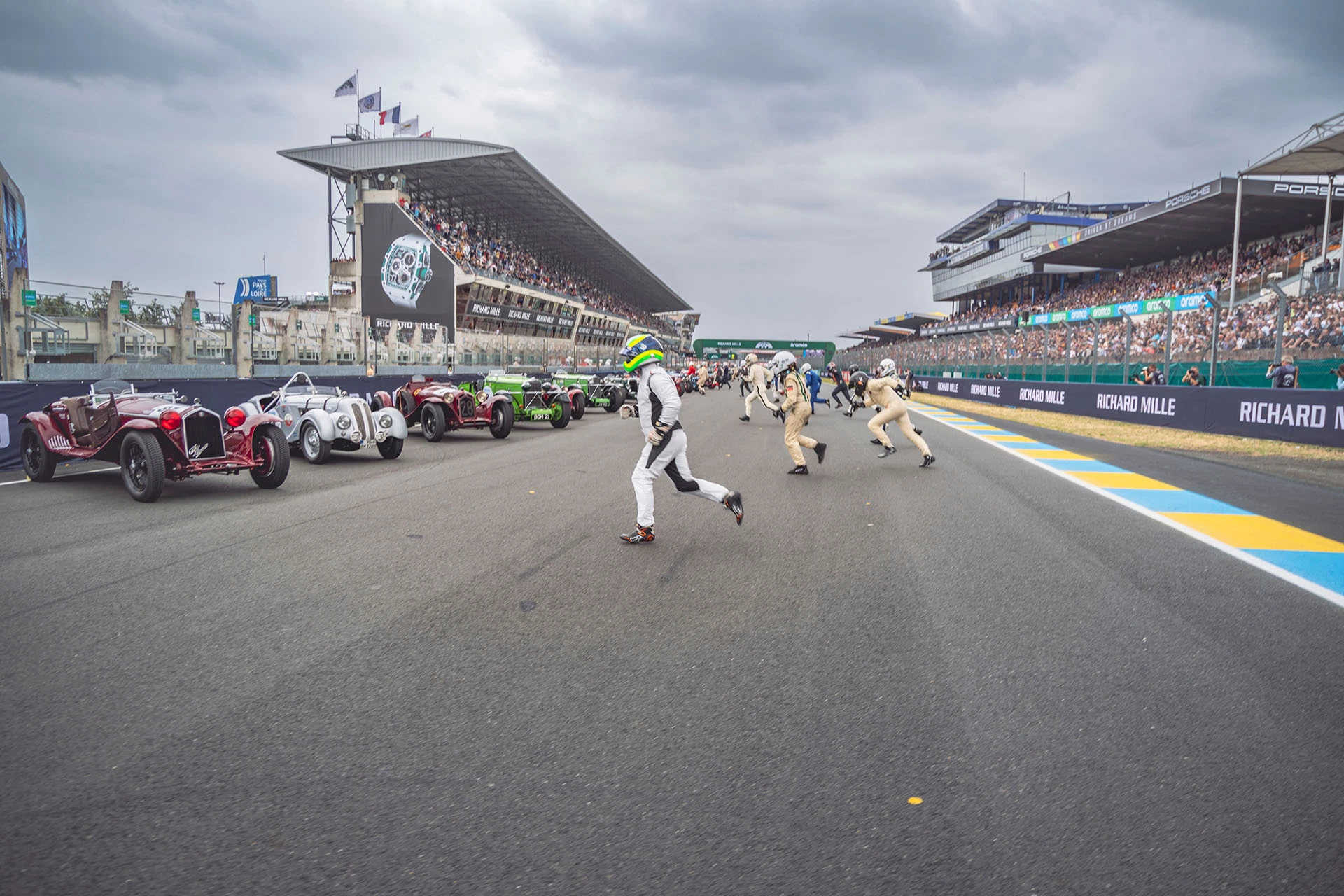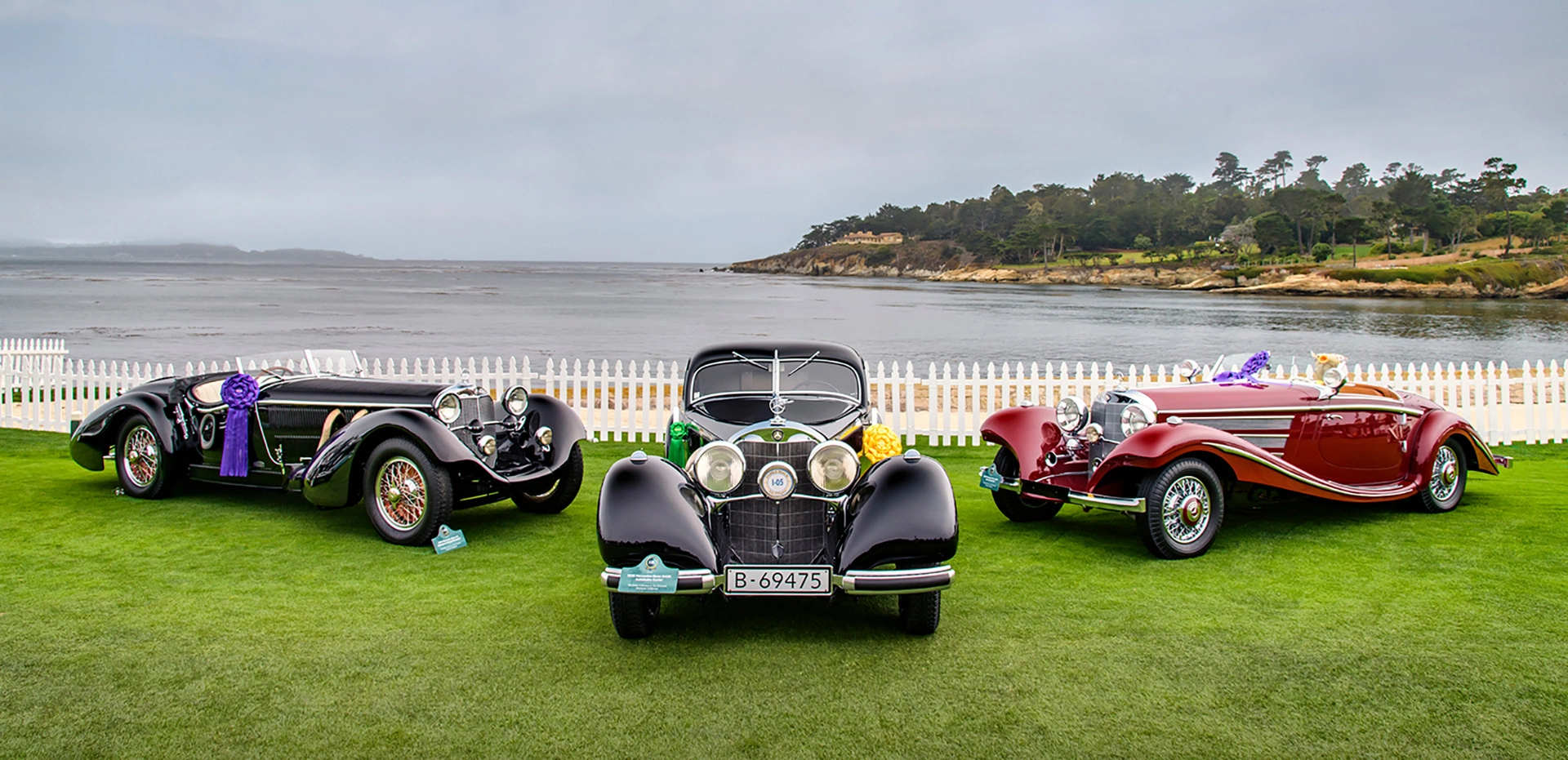Camel Trophy: The Regret of a Victory Won
07 June 2025 3 min read 6 images

Photo credit: Land Rover Heritage
Imagining what the Camel Trophy once was is no easy task today, in an age where we are used to being constantly connected through the smartphones in our pockets. Mobile data, GPS, even artificial intelligence guide us daily through routes and directions, to the point that getting lost has become nearly impossible. Forget all of that. We are in 1980, and the world was entirely different. None of the above existed, and venturing into Africa or South America could easily turn into a true adventure — almost a survival mission.
Register to unlock this article
Signing up is free and gives you access to hundreds of articles and additional benefits. See what’s included in your free membership. See what's included in your free membership.
Already have an account? Log In


